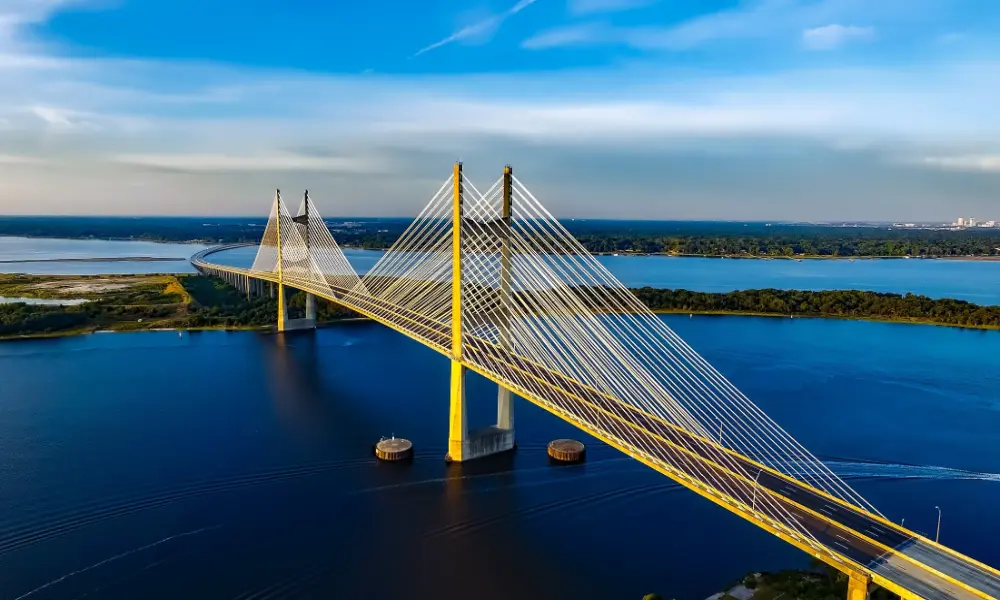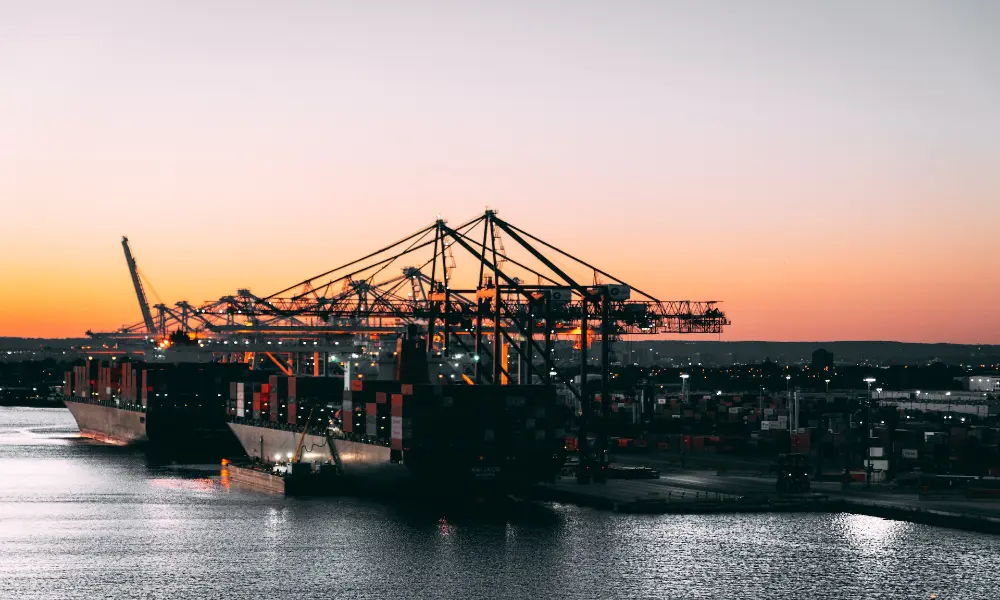Shipping ports have come a long way since their modest beginnings in the 1950s. No longer are they merely the safe havens for seafaring vessels as they once were. Instead, these sprawling cantilevered structures – armed with huge cranes on skids – morphed to reflect the needs of the times. Yet, according to Rafael Zarama, an industry veteran, the constraints of traditional dock design are increasingly evident.
Smuggling Elephants through Keyholes: The Megamax Challenge
There’s an elephant in the room; in fact, a herd of them. Shipping companies have revolutionized their operations with the addition of Megamax ships – hulking behemoths with a capacity that overshadows 20,000 teu. Yet, most ports stand helplessly dwarfed in the face of this gargantuan evolution, unable to accommodate these leviathans effectively due to size restrictions and logistical shortfalls. The hurdles range from US’s lower bridge heights to the Panama Canal’s width limitations, caging these mammoths from accessing east coast ports.
The Good, the Bad, and the Underwater: An Offshore Proposition
Against this backdrop of adversity and innovation, Zarama proposes a solution – offshore ports. Restraining terrestrial limitations fall away in this model, enabling the shipping port industry to harness the sea – much like the pioneers in the oil and wind energy sectors have managed.
Breathing with the Gills: The Benefits Unfurled
Offshore ports present a game-changing shift that ticks several ocean-sized boxes. Not only are they unshackled from depth limitations, but their standardized and modular nature allows for efficient and safe handling of vessels from diverse directions. With a higher density of highly effective cranes, the speed, safety, stability, and efficiency of vessel handling reach unprecedented levels. Coupled with reduced collision risk, this offshore approach promises to augment the capacities of existing ports – a breath of fresh air for cabotage and feeder vessels that frequently jostle for space.
A Deck Above the Rest: The Edge of Offshore
The futuristic, standardized outlook of offshore ports helps in expediting functional aspects like environmental licensing, financial feasibility, and technical evaluations. This, in turn, contributes to a versatile and cost-effective model that is sensitive to unique conditions. Above all, with increased crane density and navigational ease, offshore ports boast superior performance metrics, leading to improved returns on investment, lowered risk profiles, and a lesser environmental footprint.
The sheer adaptability of offshore ports opens up exciting routes in maritime logistics, including the potential for a circular route around the Pacific Basin or setting up substantial maritime hubs in the United States. In essence, Zarama’s bold vision for seascape shipping ports may well prove to be the wave that shapes the future of the industry.



